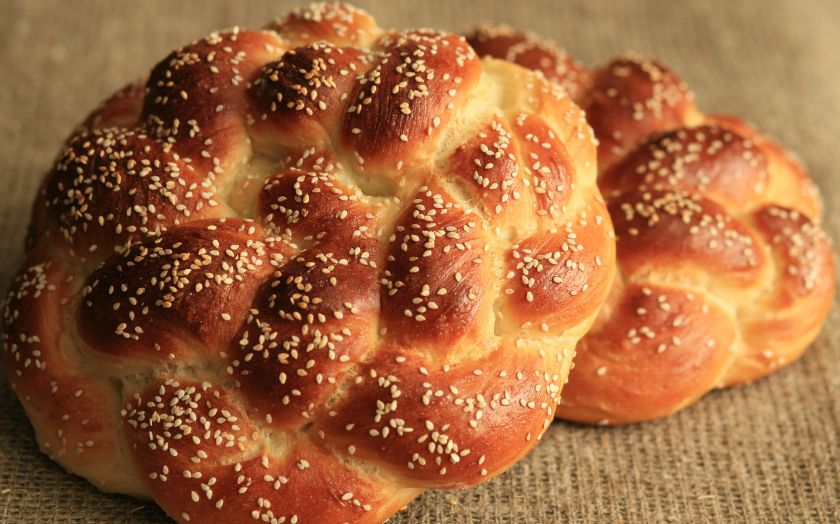Walking in the Valley of the Shadow
Jewish teaching and practices regarding death, burial, mourning, and consoling the bereaved have provided comfort to Jews facing death for millennia, yet every person facing the end of life and every mourner must walk “in the valley of the shadow of death” in their own way. New Lehrhaus is offering a multi-session program addressing key topics including preparing for death, traditional and contemporary Jewish burial practices, sitting Shiva, how to comfort mourners, and support for families coping with suicide. A stellar group of teachers who have worked in this field for decades will lead the sessions (mostly virtually) with deep knowledge and profound compassion.
"Judeo-Arabic and the Jews of North Africa" by Jim Mavrikios
Are there Jewish variants of the Arabic language? Do Arabic-speaking Jews say "in sha' Allah"? Is Arabic one language, or something else? These and other questions will be addressed in the first session of "Judeo Arabic and the Jews of North Africa," taught by Rabbi Tsipora Gabai and me. After the initial discussion of "Judeo-Arabic," we will explore the customs and history of North African Jewry. Rabbi Gabai will share stories of her experience as a Moroccan Jew in Israel, and how she came to be the first female rabbi of Moroccan descent on record (and one of only four female Mizrahi/Sephardic rabbis worldwide).
5784/2023 Yamim Nora’im ~ Days of Awe Reflections by Rabbi Judy Shanks
Despite all my heavy worries about the state of the world—climate disasters; challenges to democracy here, in Israel, and in many other countries; homelessness; the plight of millions upon millions of refugees—
Annual Report
We have just “closed the books” on the fiscal year that ended June 30 and are delighted to report the highlights of our accomplishments this past year.
Ekphrastic Poetry with a Jewish Twist!
By Stewart Florsheim Recently, I had the pleasure of leading a poetry workshop at New Lehrhaus called “Poems on Paintings: A Workshop Using One Art to Explore Another.” The formal name for this form of writing is “ekphrastic poetry” which, simply stated, is the art of writing poetry that has been inspired by a work of art. The work of art is usually visual, e.g., a painting, but it could also be a piece of music, or dance.
What REALLY Happened on Purim?
In December we told you what REALLY happened on Hannukah (lecture by David Biale: watch it here). But now, as Purim arrives, you might wonder What REALLY happened on Purim?
Tu Bi-Shvat: Birthday of the Trees by Rachel Biale
of the month of Shvat) was one of my favorite holidays growing up on a kibbutz in Israel. Every year we would plant trees in a new location selected by the “noynik” – the kibbutz gardener. Here’s a photograph of me in action in third grade.
Amos Oz: Between Canon and Controversy
Amos Oz (1939-2018) was for many readers worldwide Israel’s post 1948 canonical writer. His 40 books, including novels, short story collections, essays and reportage, and children’s books, translated into 45 languages, and his journalistic articles and public appearances made him Israel’s best-known writer and an icon of its peace movement.









